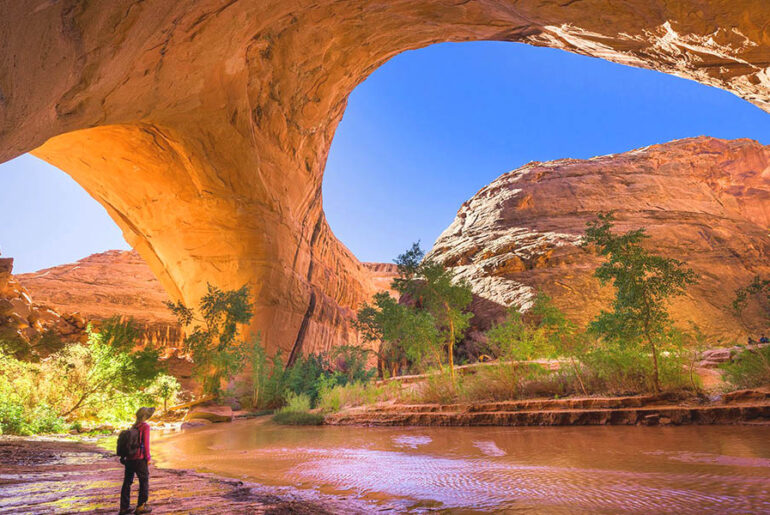America’s national parks showcase some of the most breathtaking landscapes on Earth, from towering mountains to pristine coastlines. These protected wilderness areas offer unparalleled opportunities for adventure, wildlife viewing, and connecting with nature’s raw beauty.
Yellowstone National Park, Wyoming/Montana/Idaho
Why Yellowstone Stands Above the Rest
Established in 1872, Yellowstone became the pioneering national park that set the global standard for wilderness preservation. This geothermal wonderland spans over 2.2 million acres across three states, creating a diverse ecosystem that supports an incredible array of wildlife.
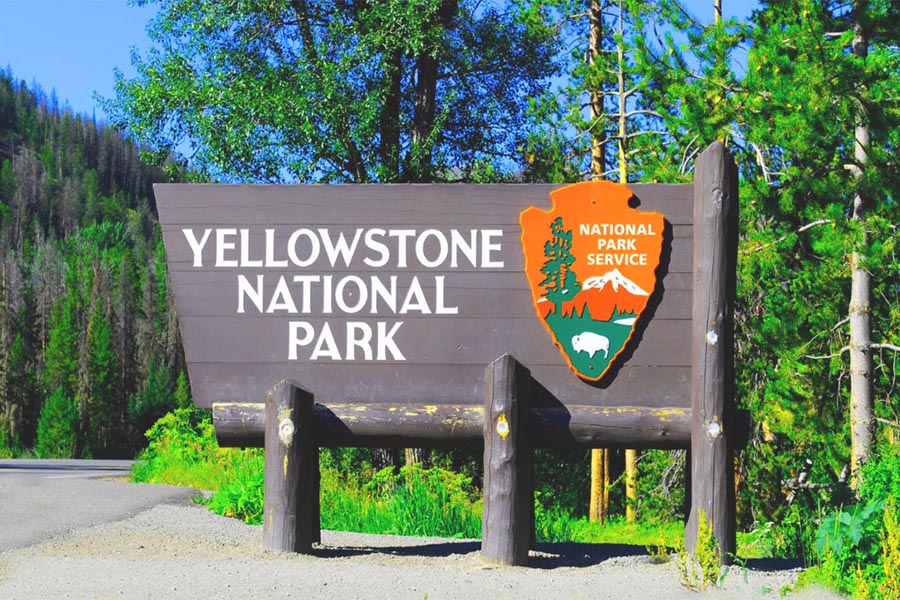
The park’s most famous feature, Old Faithful geyser, erupts approximately every 90 minutes, shooting boiling water up to 180 feet into the air. Beyond geysers, visitors can explore the Grand Prismatic Spring, whose rainbow colors result from heat-loving bacteria thriving in different temperature zones.
Best Activities and Wildlife Viewing
Yellowstone’s Lamar Valley, often called “America’s Serengeti,” provides exceptional opportunities to spot bison, wolves, elk, and grizzly bears. The park’s extensive trail system accommodates both casual walkers and serious backpackers, with routes leading to hidden waterfalls, alpine lakes, and panoramic viewpoints.
Grand Canyon National Park, Arizona
The Geological Marvel That Defines America
The Grand Canyon’s immense scale challenges human comprehension. Carved by the Colorado River over millions of years, this natural wonder stretches 277 miles long, up to 18 miles wide, and reaches depths exceeding one mile.
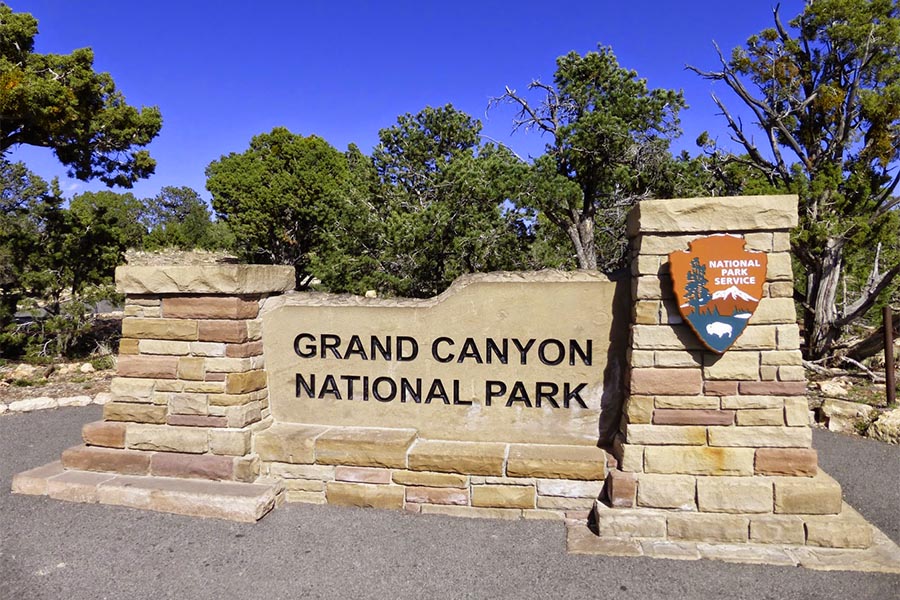
Different vantage points along the South and North Rims reveal varying perspectives of the canyon’s layered rock formations, each telling a unique geological story spanning nearly two billion years of Earth’s history.
Hiking and Adventure Opportunities
The Bright Angel Trail offers a well-maintained descent into the canyon, while more experienced hikers tackle the challenging South Kaibab Trail. River rafting through the canyon provides an entirely different perspective, with multi-day expeditions revealing hidden waterfalls and pristine beaches accessible only by water.
Yosemite National Park, California
Granite Giants and Cascading Waters
Yosemite Valley showcases some of North America’s most iconic granite formations. El Capitan rises 3,000 feet from the valley floor, attracting rock climbers from around the world. Half Dome’s distinctive silhouette has become synonymous with American wilderness photography.
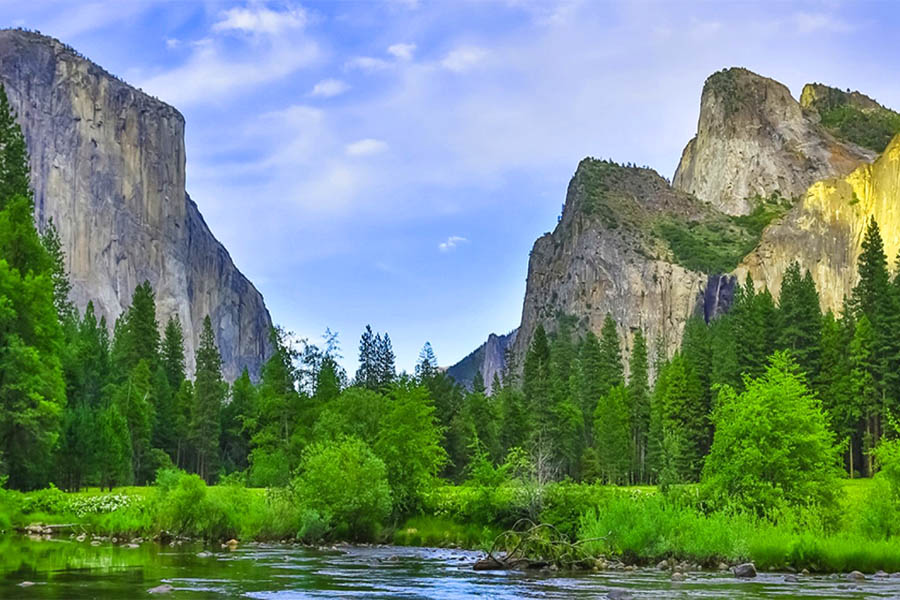
Yosemite Falls, the tallest waterfall in North America, plunges 2,425 feet in three spectacular tiers. Spring snowmelt creates the most dramatic displays, while autumn reveals the falls’ more intimate character.
Photography and Outdoor Recreation
The park’s diverse elevations support everything from giant sequoias in Mariposa Grove to alpine wilderness in the high country. Glacier Point Road provides accessible viewpoints for photographers, while the John Muir Trail offers serious backpackers a chance to explore the Sierra Nevada’s remote backcountry.
Zion National Park, Utah
Red Rock Canyons and Emerald Pools
Zion’s towering sandstone cliffs create a dramatic landscape where desert and riparian environments meet. The Virgin River has carved narrow slot canyons through red and white Navajo sandstone, creating unique hiking experiences found nowhere else.
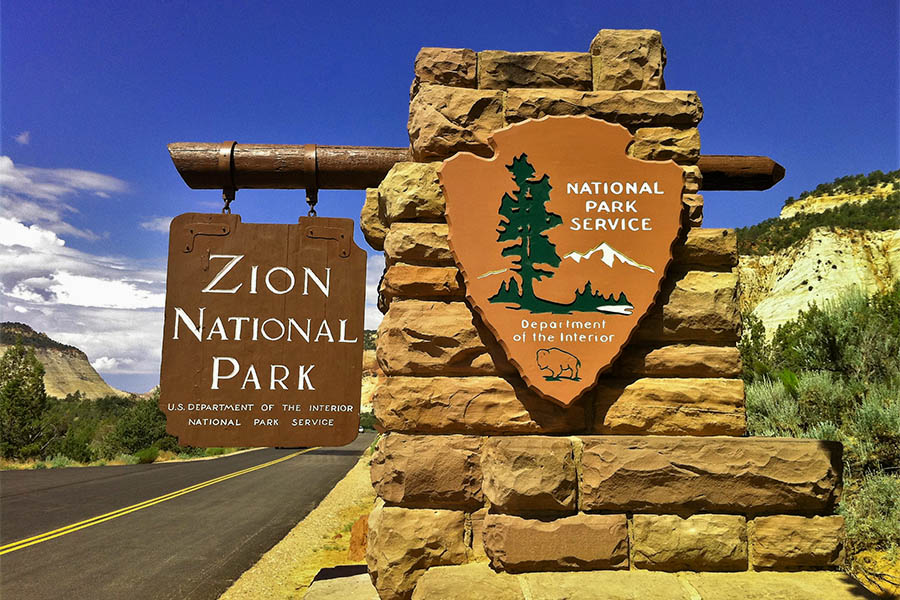
The park’s elevation changes of nearly 8,000 feet support diverse plant and animal communities, from desert cacti at lower elevations to ponderosa pines and aspen groves in higher country.
Adventure Hiking and Canyoneering
The Narrows hike takes adventurers through the Virgin River itself, with canyon walls towering hundreds of feet overhead while the river flows between passages sometimes only 20 feet wide. Angels Landing challenges hikers with steep switchbacks and chain-assisted scrambling to reach panoramic views of Zion Canyon.
Glacier National Park, Montana
Crown Jewel of the Continental Divide
Glacier National Park preserves over one million acres of pristine wilderness along the Rocky Mountain spine. The park’s 26 remaining glaciers continue shaping the landscape, though their retreat tells the story of our changing climate.
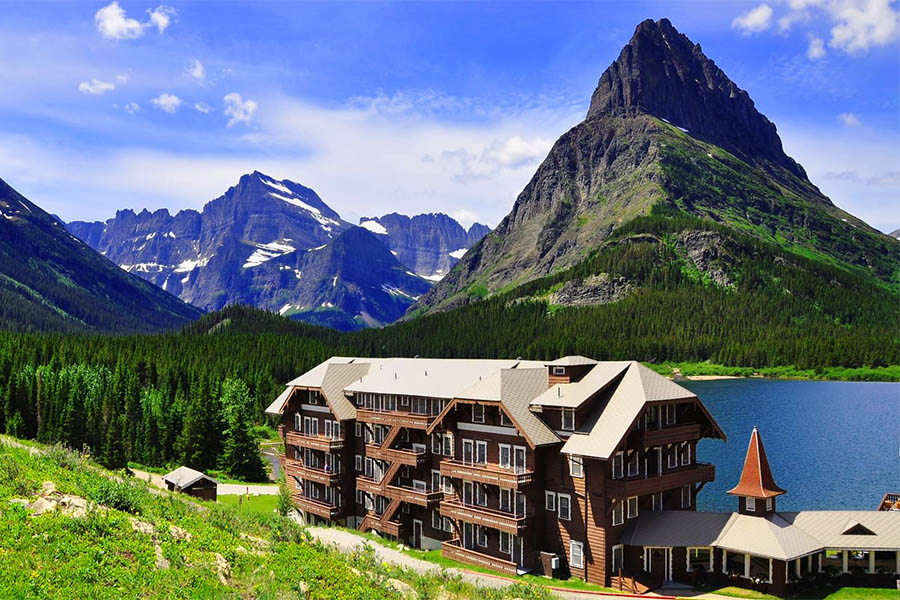
Going-to-the-Sun Road, an engineering marvel completed in 1932, provides access to the park’s heart while showcasing alpine scenery, wildlife, and dramatic elevation changes across 50 miles of mountain driving.
Alpine Lakes and Mountain Adventures
The park contains over 700 miles of hiking trails leading to pristine alpine lakes, meadows bursting with wildflowers, and peaks exceeding 10,000 feet. Hidden Lake Overlook offers a relatively easy hike with spectacular rewards, while the Highline Trail provides experienced hikers with unforgettable backcountry experiences.
Acadia National Park, Maine
Where Mountains Meet the Atlantic
Acadia protects 47,000 acres of rugged Atlantic coastline, granite peaks, and pristine lakes on Maine’s Mount Desert Island. Cadillac Mountain provides the first sunrise views in the United States from October through March.
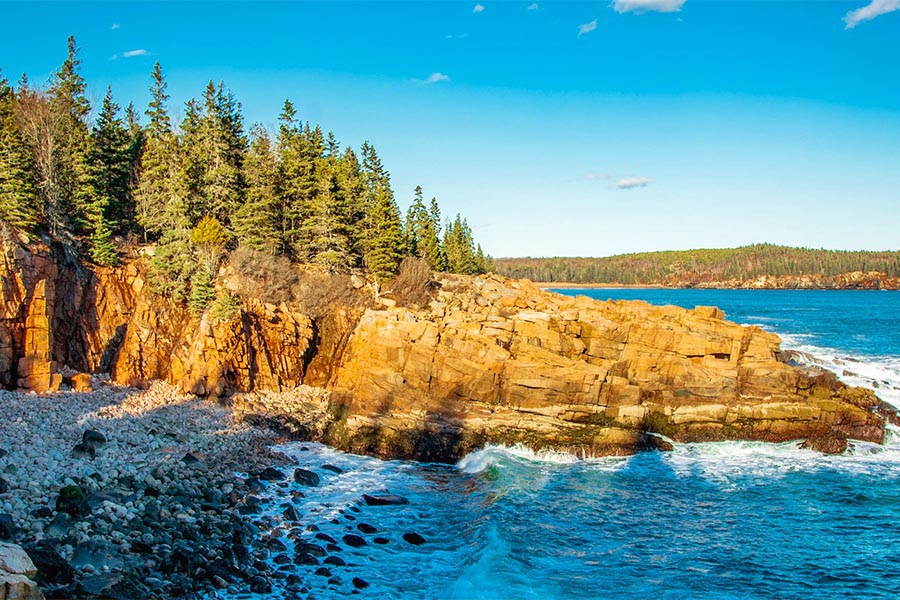
The park’s unique position where northern and temperate climates converge supports diverse ecosystems rarely found elsewhere on the East Coast.
Coastal Adventures and Island Exploration
The park’s carriage roads, originally built by John D. Rockefeller Jr., offer 45 miles of car-free biking and walking paths through forests and around lakes. Bar Harbor serves as the gateway community, providing dining, lodging, and cultural attractions that complement wilderness experiences.
Great Smoky Mountains National Park, Tennessee/North Carolina
Ancient Mountains and Biodiversity Hotspot
The Great Smoky Mountains represent some of Earth’s oldest mountains, worn smooth by millions of years of erosion. These ancient peaks support incredible biodiversity, with the park protecting over 19,000 documented species and scientists estimating up to 80,000 additional undocumented species.
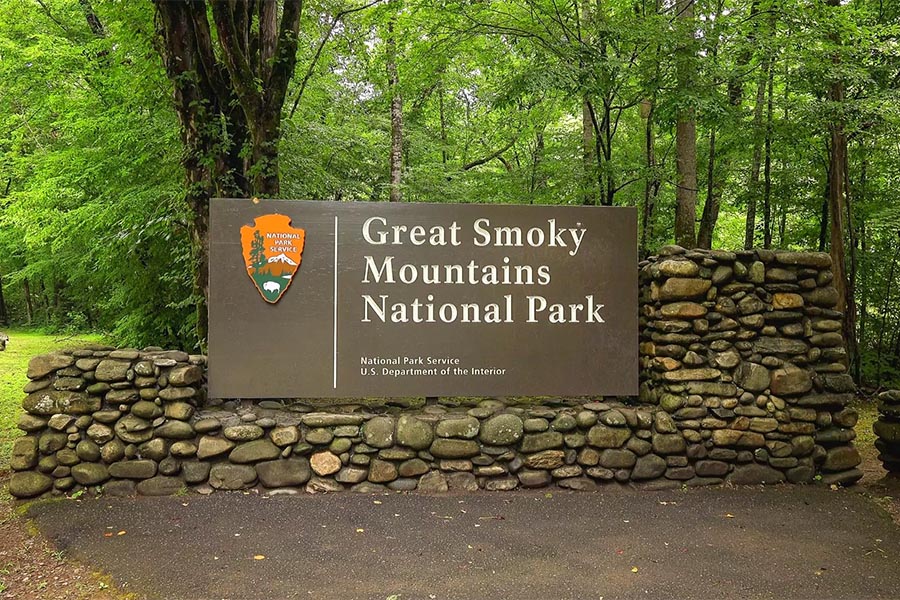
The park’s name comes from the natural fog that frequently shrouds the mountains, created by vegetation releasing water vapor and organic compounds.
Cultural Heritage and Natural Wonders
Historic structures throughout the park preserve Appalachian cultural heritage, including log cabins, gristmills, and one-room schoolhouses. Cataract Falls, Laurel Falls, and dozens of other waterfalls provide easily accessible natural attractions, while the Appalachian Trail traverses the park’s highest peaks.
Rocky Mountain National Park, Colorado
High Alpine Wilderness and Dramatic Peaks
Rocky Mountain National Park protects 415 square miles of Colorado’s Front Range, with elevations ranging from 7,500 feet to over 14,000 feet. The park contains 77 peaks exceeding 12,000 feet, creating dramatic alpine scenery accessible by car via Trail Ridge Road.
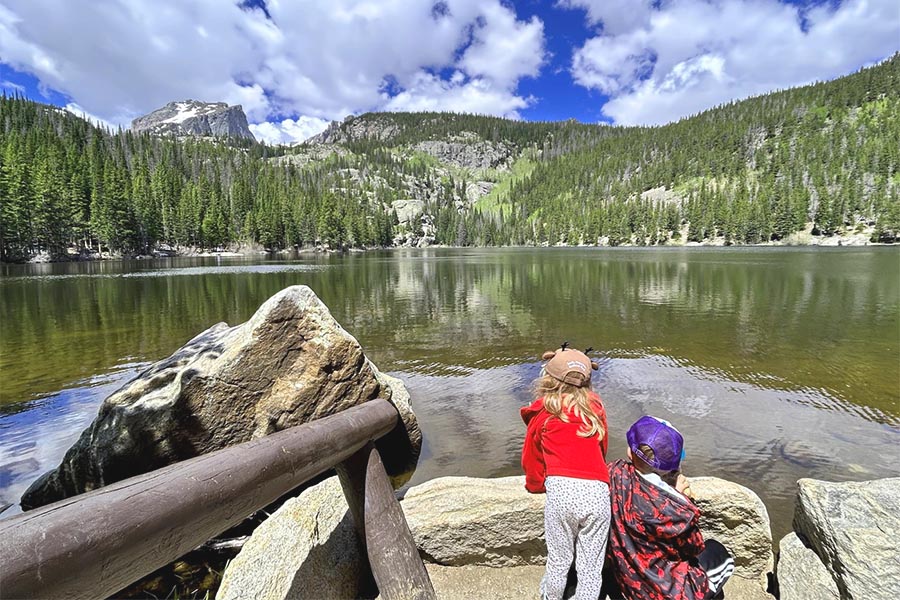
The Continental Divide runs through the park, separating waters flowing to the Atlantic and Pacific Oceans while creating distinct ecosystems on either side.
Mountain Adventures and Wildlife
The park’s varied elevations support diverse wildlife populations, including elk, bighorn sheep, black bears, and mountain lions. Alpine lakes, including the stunning Bear Lake, provide hiking destinations suitable for families, while technical peaks challenge experienced mountaineers.
Arches National Park, Utah
Natural Stone Sculptures in the Desert
Arches National Park protects over 2,000 natural stone arches, the highest concentration found anywhere on Earth. These delicate sandstone formations result from millions of years of erosion, creating windows, bridges, and balanced rocks that seem to defy gravity.
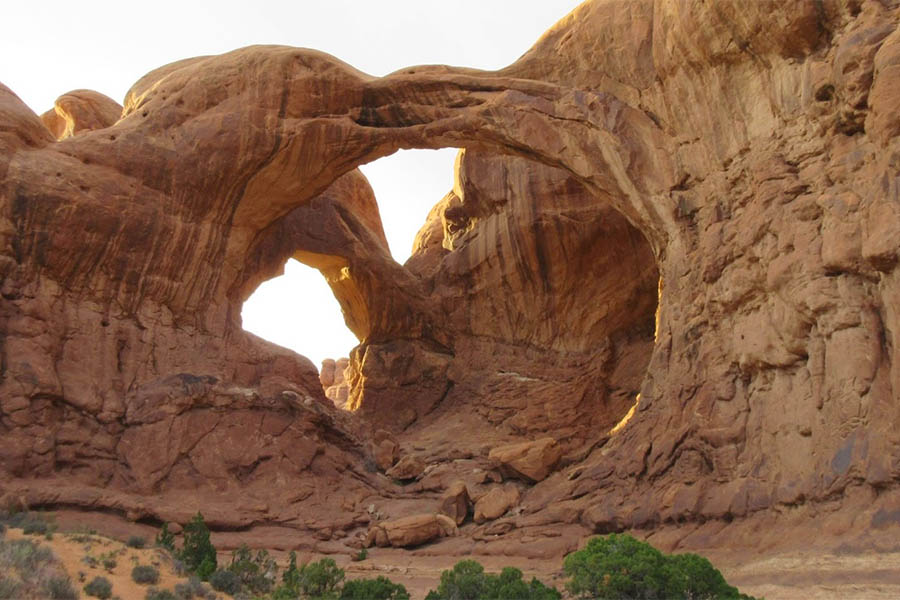
Delicate Arch, Utah’s most famous landmark, stands alone on a slickrock ledge, framing distant mountains in its 45-foot opening. The formation has become an icon of the American Southwest.
Desert Hiking and Photography
The park’s relatively compact size makes it possible to visit multiple arches in a single day. Fiery Furnace offers guided tours through a maze of narrow canyons and towering fins, while Windows Section provides easily accessible arch viewing for visitors of all abilities.
Olympic National Park, Washington
Diverse Ecosystems From Coast to Alpine
Olympic National Park protects nearly one million acres of diverse Pacific Northwest ecosystems, from temperate rainforests receiving over 150 inches of annual precipitation to glaciated peaks and rugged coastline.
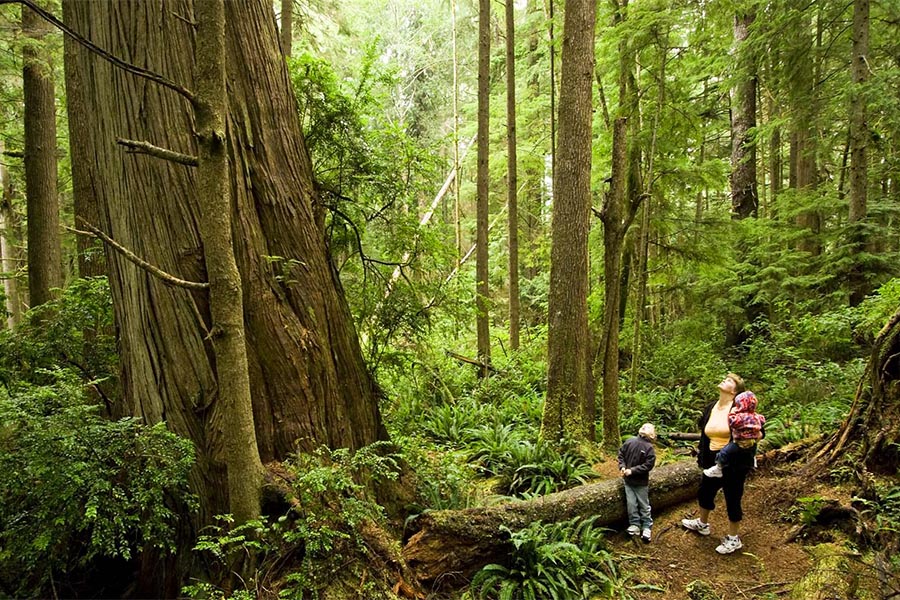
The park’s isolation on the Olympic Peninsula has allowed unique species evolution, with several plants and animals found nowhere else on Earth.
Rainforests, Beaches, and Mountain Adventures
The Hoh Rainforest showcases moss-draped trees and ferns creating cathedral-like spaces beneath towering Sitka spruces and western hemlocks. Ruby Beach and other coastal areas feature dramatic sea stacks, tide pools teeming with marine life, and pristine wilderness beaches stretching for miles.
Planning Your National Park Adventures
Best Times to Visit
Each park experiences distinct seasonal patterns affecting accessibility, weather, and wildlife viewing opportunities. Spring and fall typically offer the best combination of pleasant weather and smaller crowds, though specific timing varies significantly by location and elevation.
Summer provides the most reliable access to high-elevation areas but brings peak crowds and higher temperatures in desert parks. Winter opens unique opportunities for snowshoeing, cross-country skiing, and viewing landscapes transformed by snow.
Essential Preparation Tips
Successful national park visits require advance planning, especially for popular destinations and peak seasons. Many parks require reservations for camping, lodging, and even day-use during busy periods.
Physical preparation proves crucial for hiking and outdoor activities, particularly at high elevations where altitude affects everyone differently. Weather conditions can change rapidly in mountain environments, making appropriate clothing and gear essential for safety.
Conclusion
America’s national parks showcase diverse landscapes from Yellowstone’s geothermal features to Acadia’s rocky coastline. Each destination offers unique experiences that create lasting memories and connections with nature.
These protected areas serve as wildlife refuges and sanctuaries where visitors escape daily pressures while discovering America’s natural heritage. Whether seeking adventure, solitude, or family experiences, the parks provide unmatched outdoor settings. Preserving these landscapes requires all visitors to practice Leave No Trace principles and respect wildlife. Each park visit helps protect these remarkable places for future generations.


